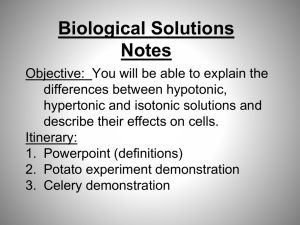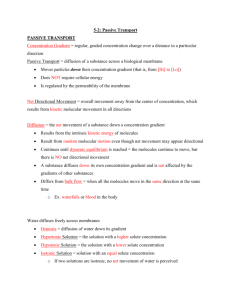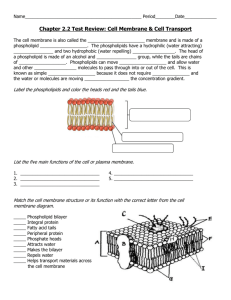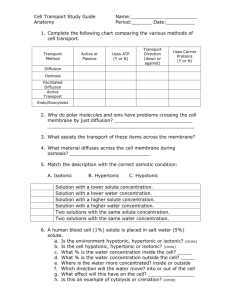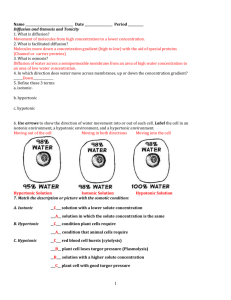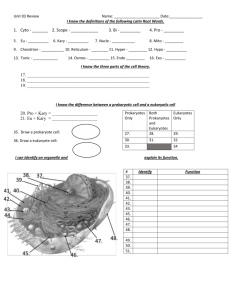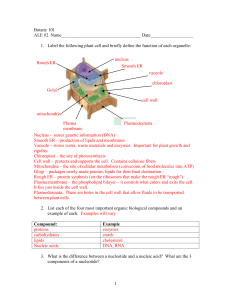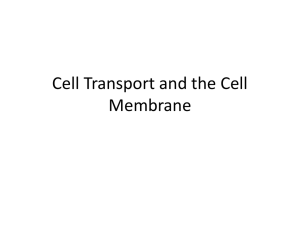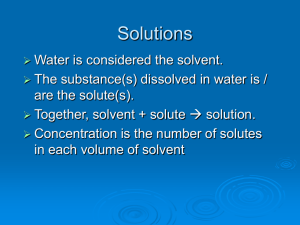Cell Transport Learning Goals - Mayfield City School District
advertisement
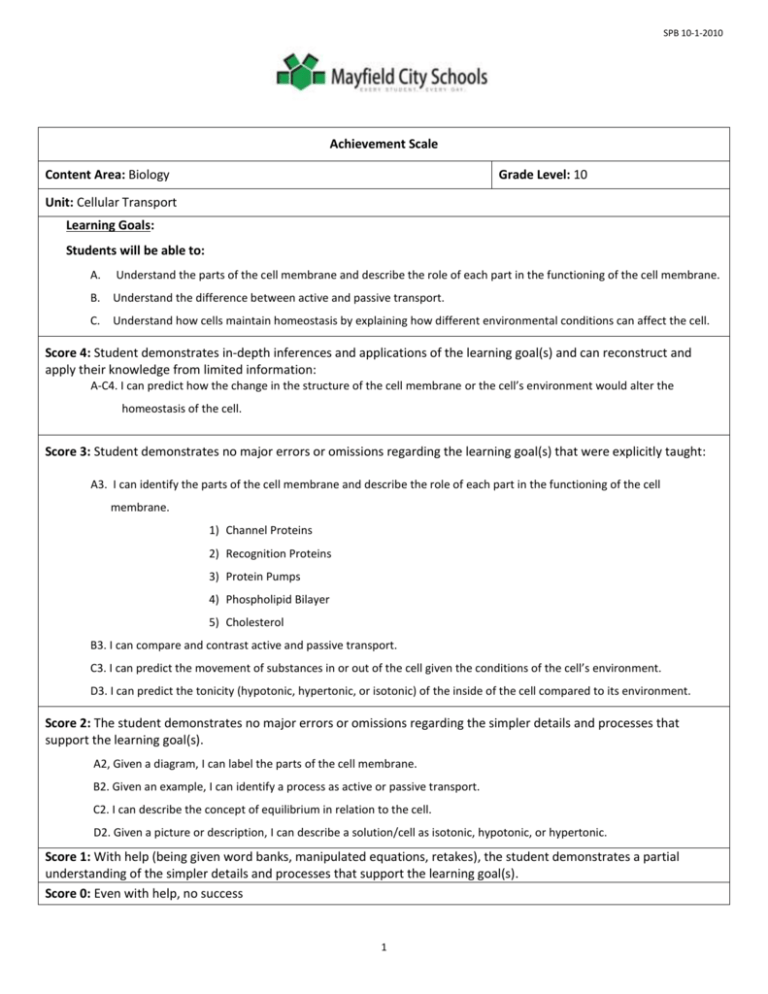
SPB 10-1-2010 Achievement Scale Content Area: Biology Grade Level: 10 Unit: Cellular Transport Learning Goals: Students will be able to: A. Understand the parts of the cell membrane and describe the role of each part in the functioning of the cell membrane. B. Understand the difference between active and passive transport. C. Understand how cells maintain homeostasis by explaining how different environmental conditions can affect the cell. Score 4: Student demonstrates in-depth inferences and applications of the learning goal(s) and can reconstruct and apply their knowledge from limited information: A-C4. I can predict how the change in the structure of the cell membrane or the cell’s environment would alter the homeostasis of the cell. Score 3: Student demonstrates no major errors or omissions regarding the learning goal(s) that were explicitly taught: A3. I can identify the parts of the cell membrane and describe the role of each part in the functioning of the cell membrane. 1) Channel Proteins 2) Recognition Proteins 3) Protein Pumps 4) Phospholipid Bilayer 5) Cholesterol B3. I can compare and contrast active and passive transport. C3. I can predict the movement of substances in or out of the cell given the conditions of the cell’s environment. D3. I can predict the tonicity (hypotonic, hypertonic, or isotonic) of the inside of the cell compared to its environment. Score 2: The student demonstrates no major errors or omissions regarding the simpler details and processes that support the learning goal(s). A2, Given a diagram, I can label the parts of the cell membrane. B2. Given an example, I can identify a process as active or passive transport. C2. I can describe the concept of equilibrium in relation to the cell. D2. Given a picture or description, I can describe a solution/cell as isotonic, hypotonic, or hypertonic. Score 1: With help (being given word banks, manipulated equations, retakes), the student demonstrates a partial understanding of the simpler details and processes that support the learning goal(s). Score 0: Even with help, no success 1 SPB 10-1-2010 Score 4 Example Assessment Items: Discuss how the demands of cell transport may have selected for specific structures within the cell membrane over time. Score 3 Example Assessment Items: Inside of a cell, the cell is 73% water. Outside of the cell, the solution is 20% solute. What type of solution is the cell in? What will the cell do in this environment? ________________________________________________________________ The solute concentration inside a cell is 40% and the solute concentration outside a cell is 30%. Circle each that applies. A. Water will move: IN OUT In and out equally B. The cell is: Hypertonic Hypotonic Isotonic C. The environment is: Hypertonic Hypotonic Isotonic ________________________________________________________________ Explain why if stranded in the ocean, a person should not rely on sea water to quench their thirst using the concepts of cell transport. Score 2 Example Assessment Items Academic Vocabulary: Phospholipid Bilayer Cholesterol Channel Protein Recognition Protein Carbohydrate Chain Peripheral Protein Integral Protein Protein Pump (Na/K) Hydrophobic Hydrophillic Fluid Mosaic Model Selectively Permeable Diffusion Facilitated Diffusion Osmosis Passive Transport Active Transport Equilibrium Concentration Gradient Osmotic Pressure Selectively Permeable Hypertonic Solution Hypotonic Solution Isotonic Solution Exocytosis Endocytsosis Identify this situation as hypotonic, hypertonic or isotonic. District Vision: A promise of learning, dignity, and respect for all. District Mission: Every student. Every day. 2
